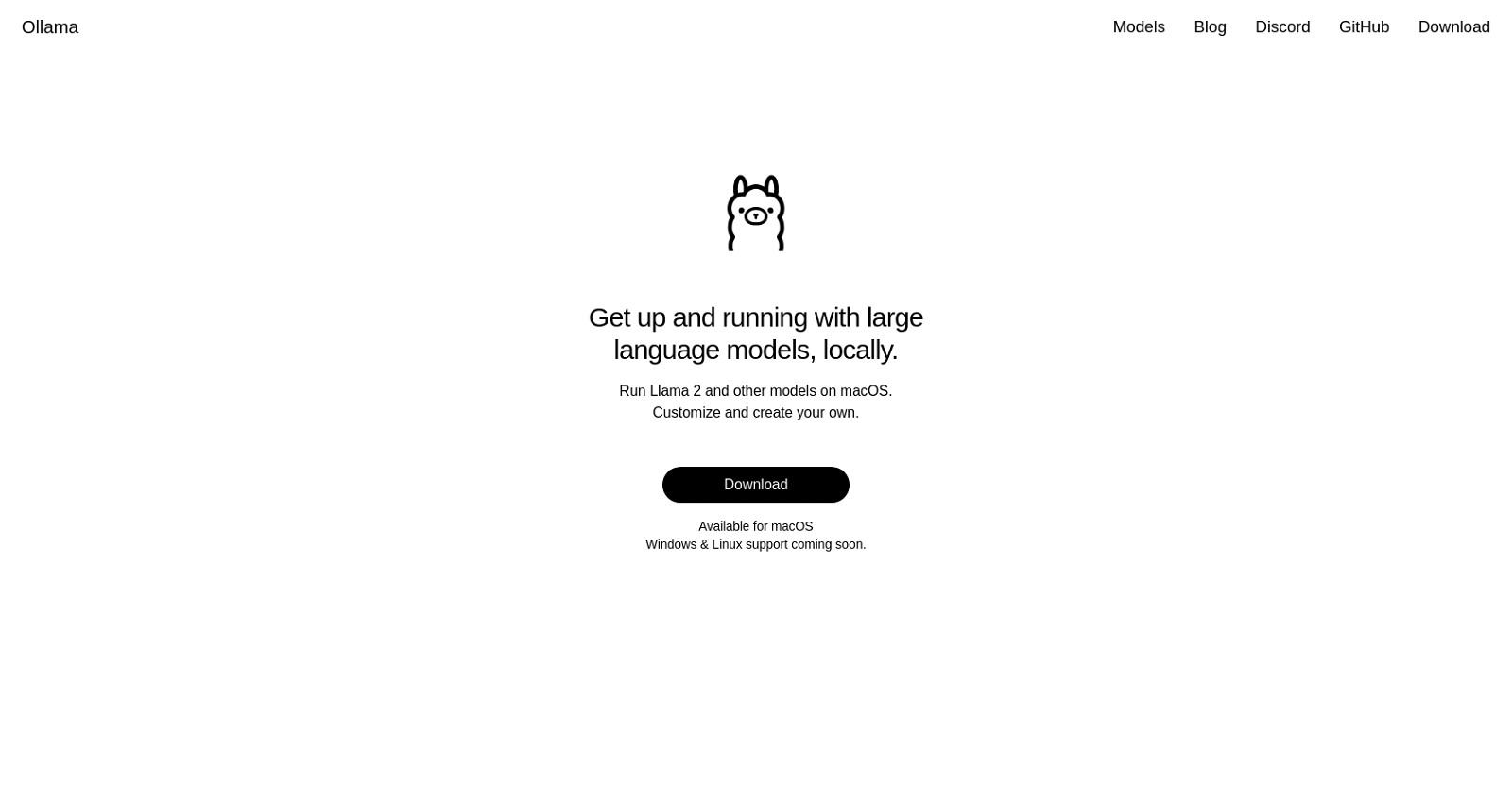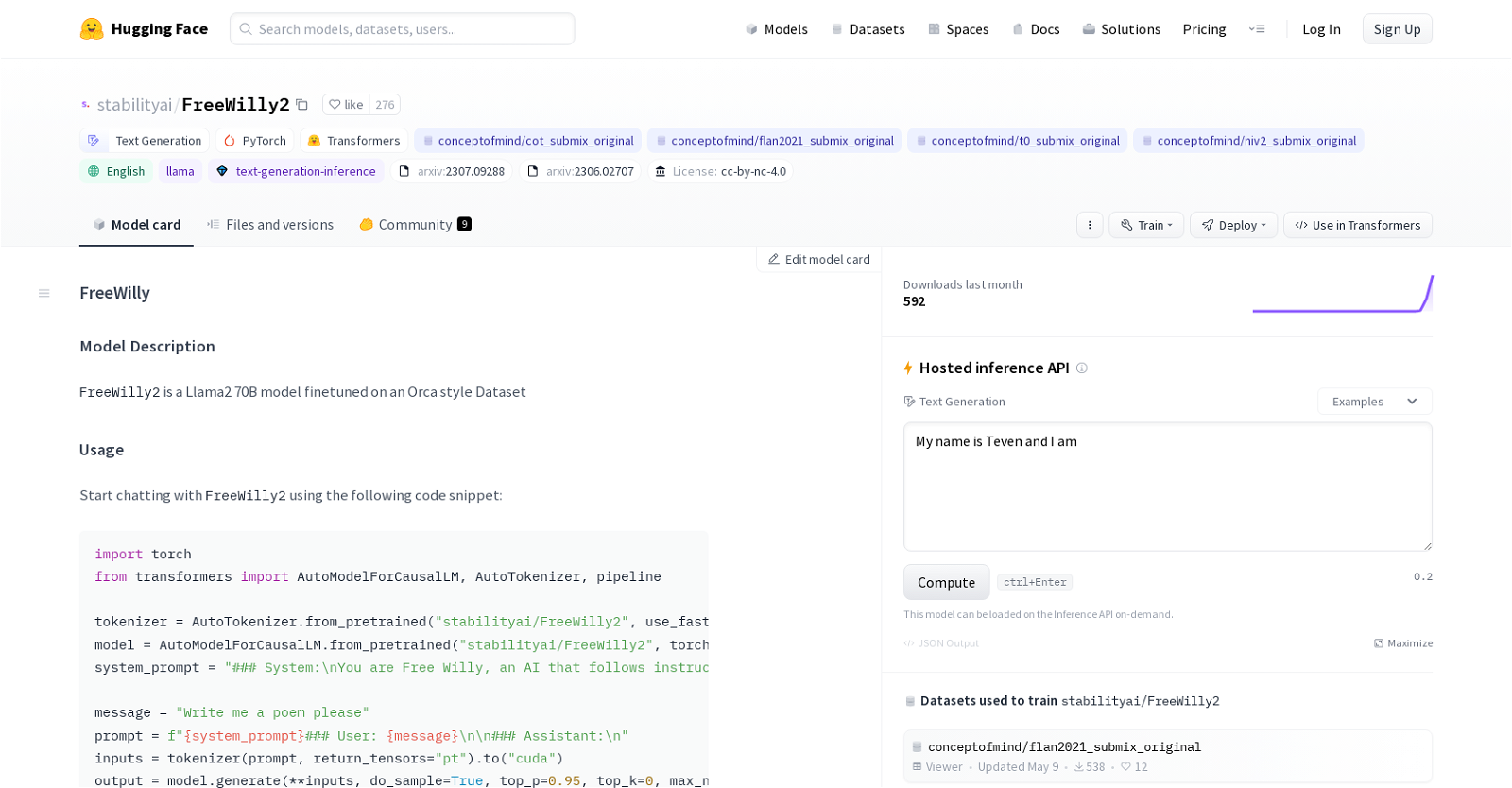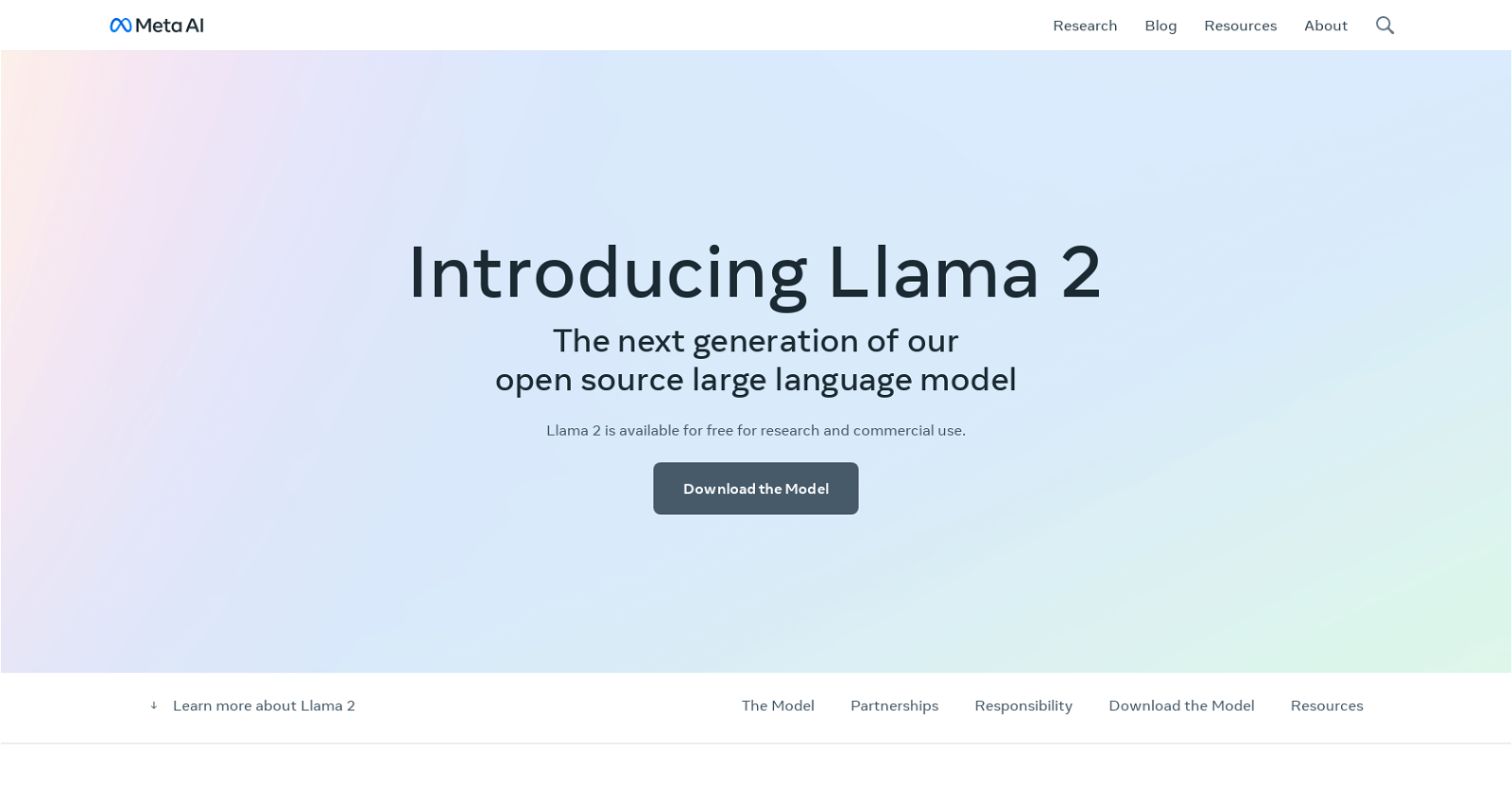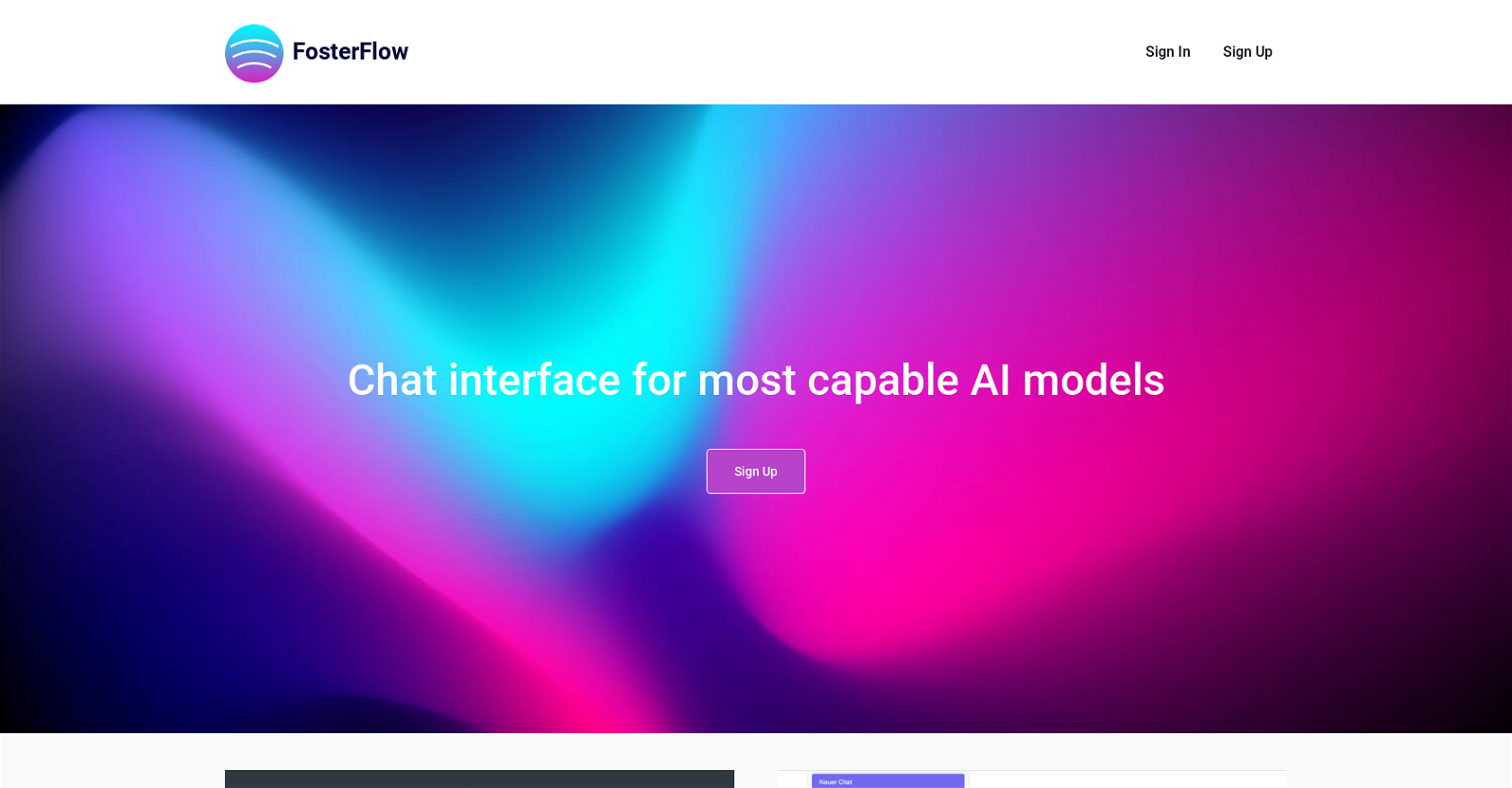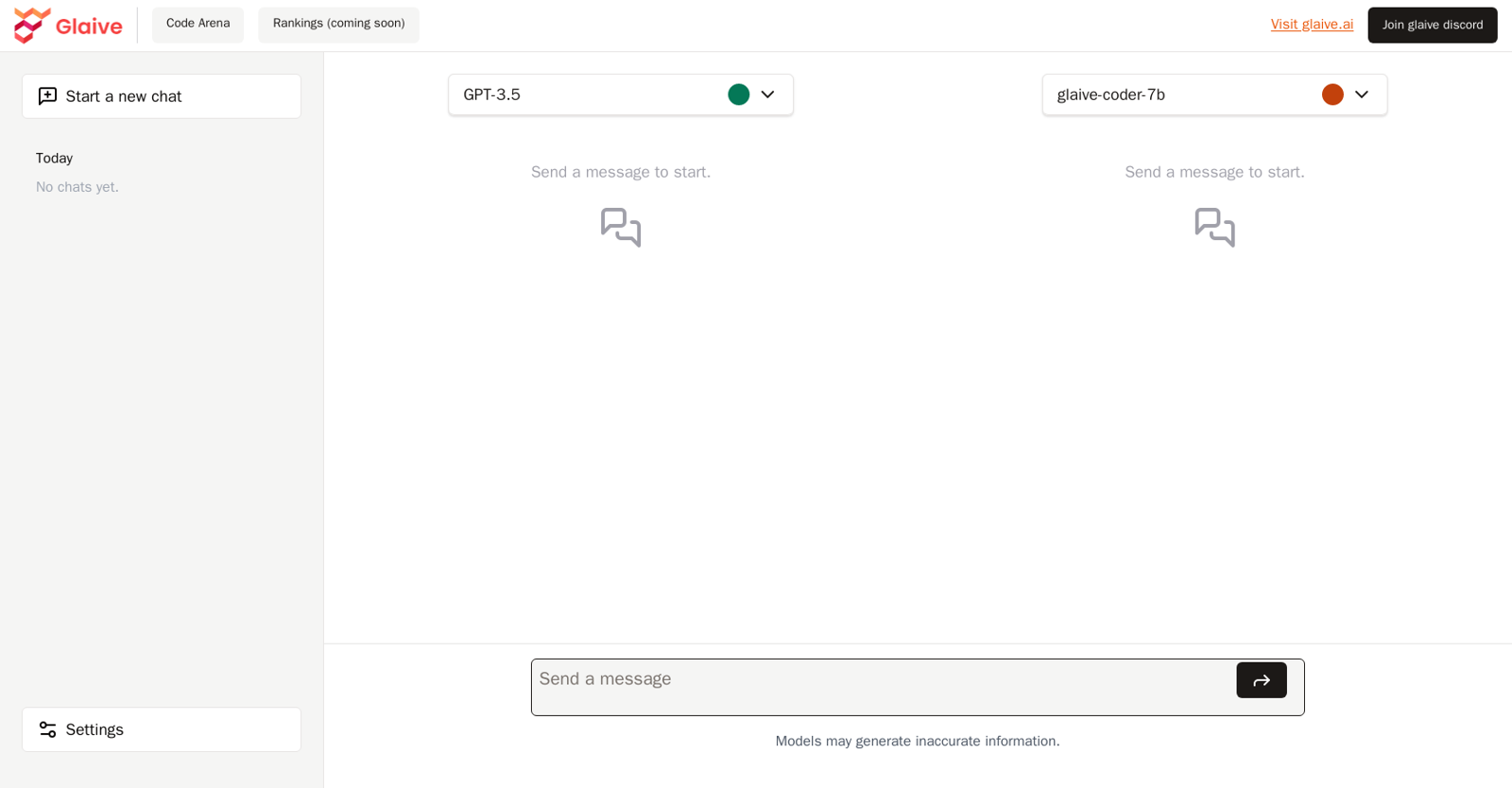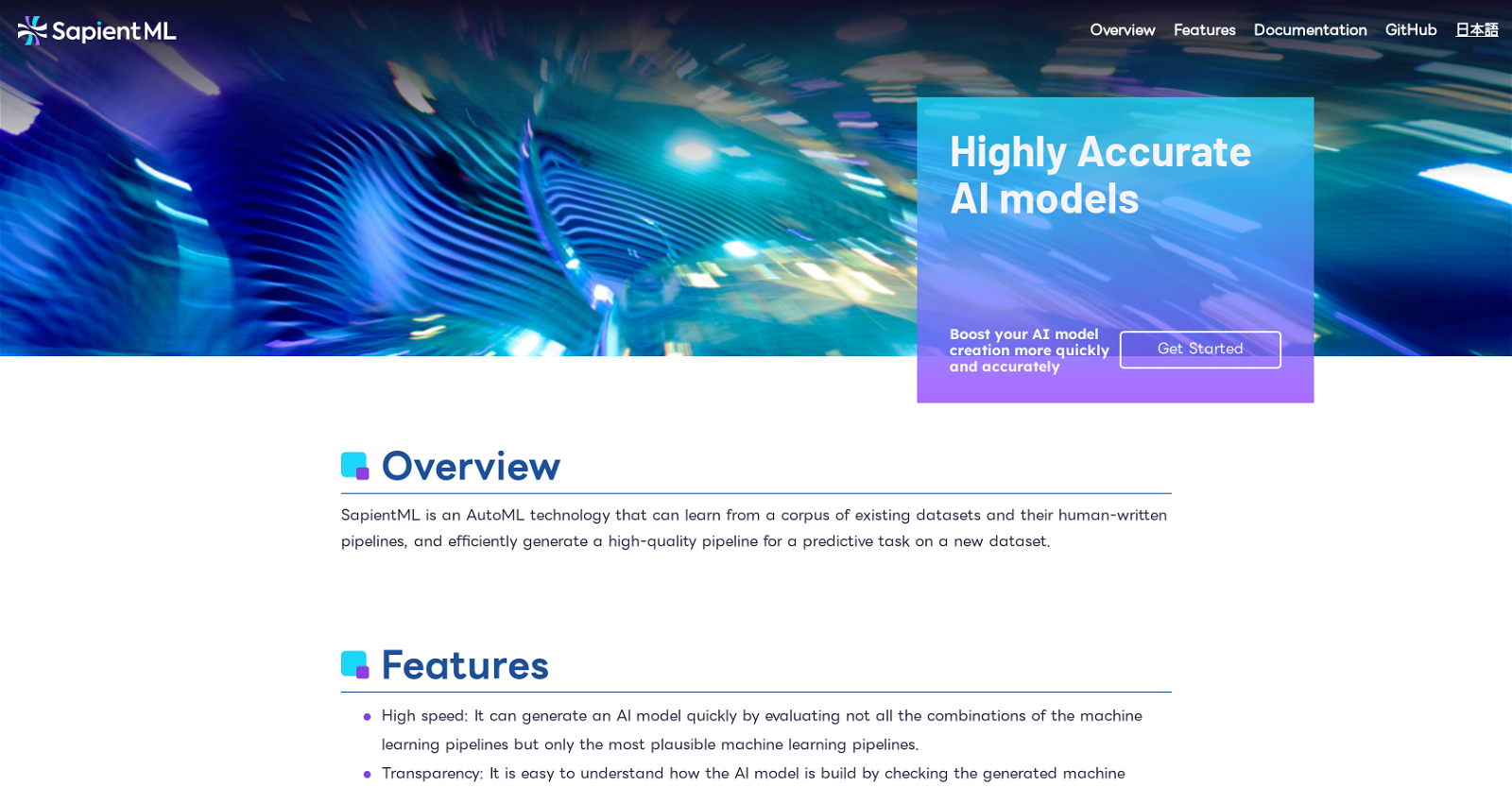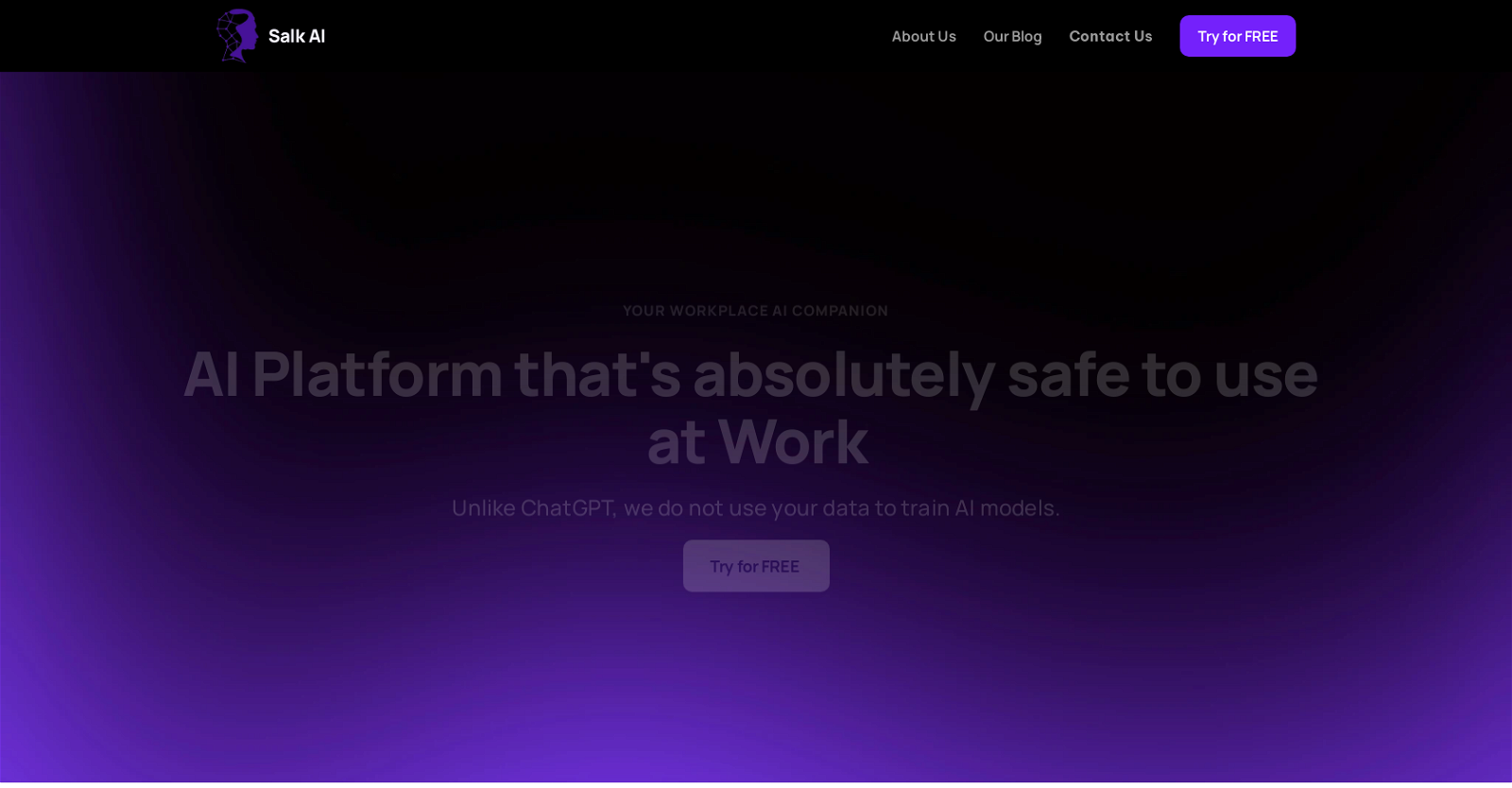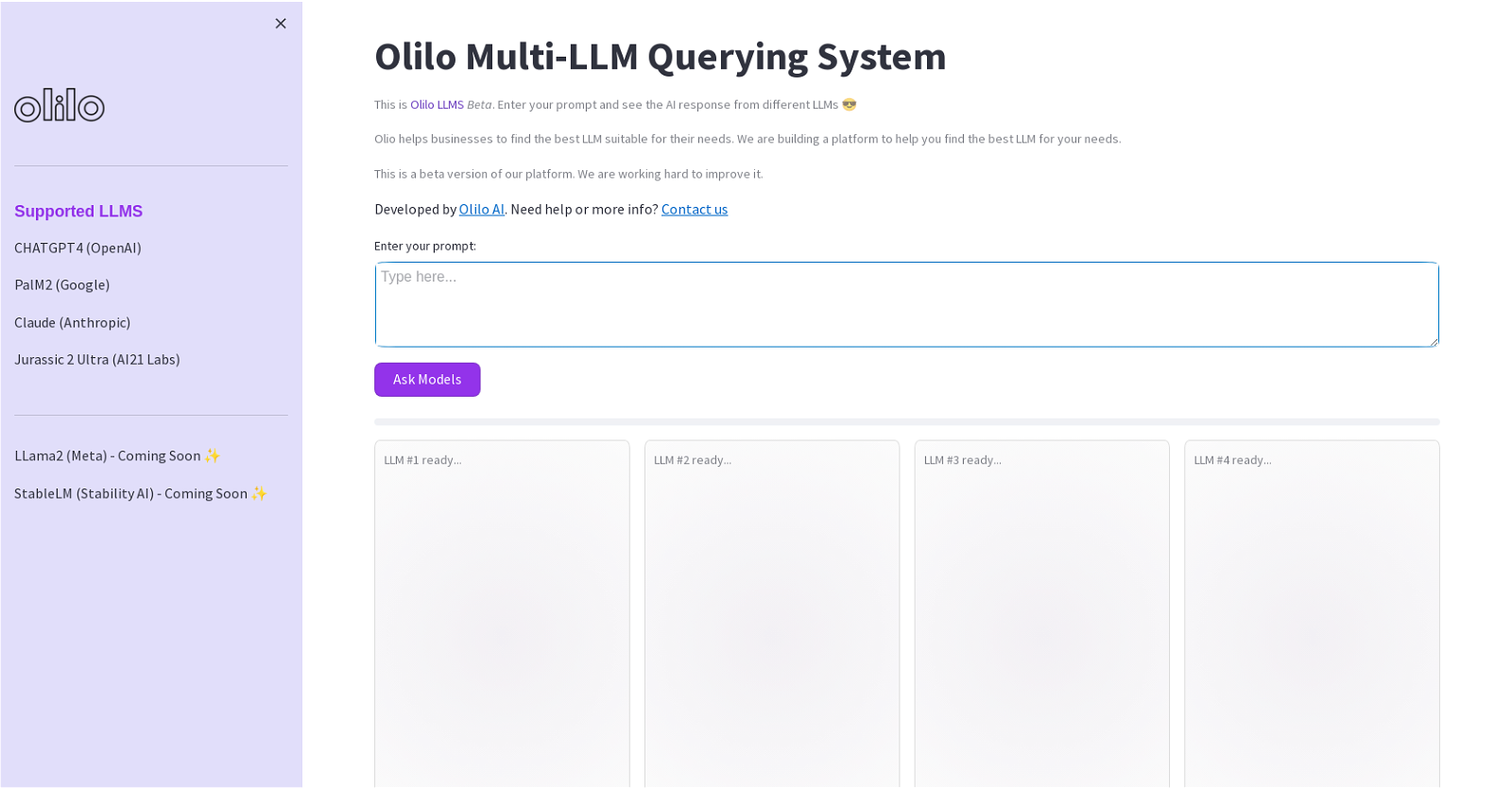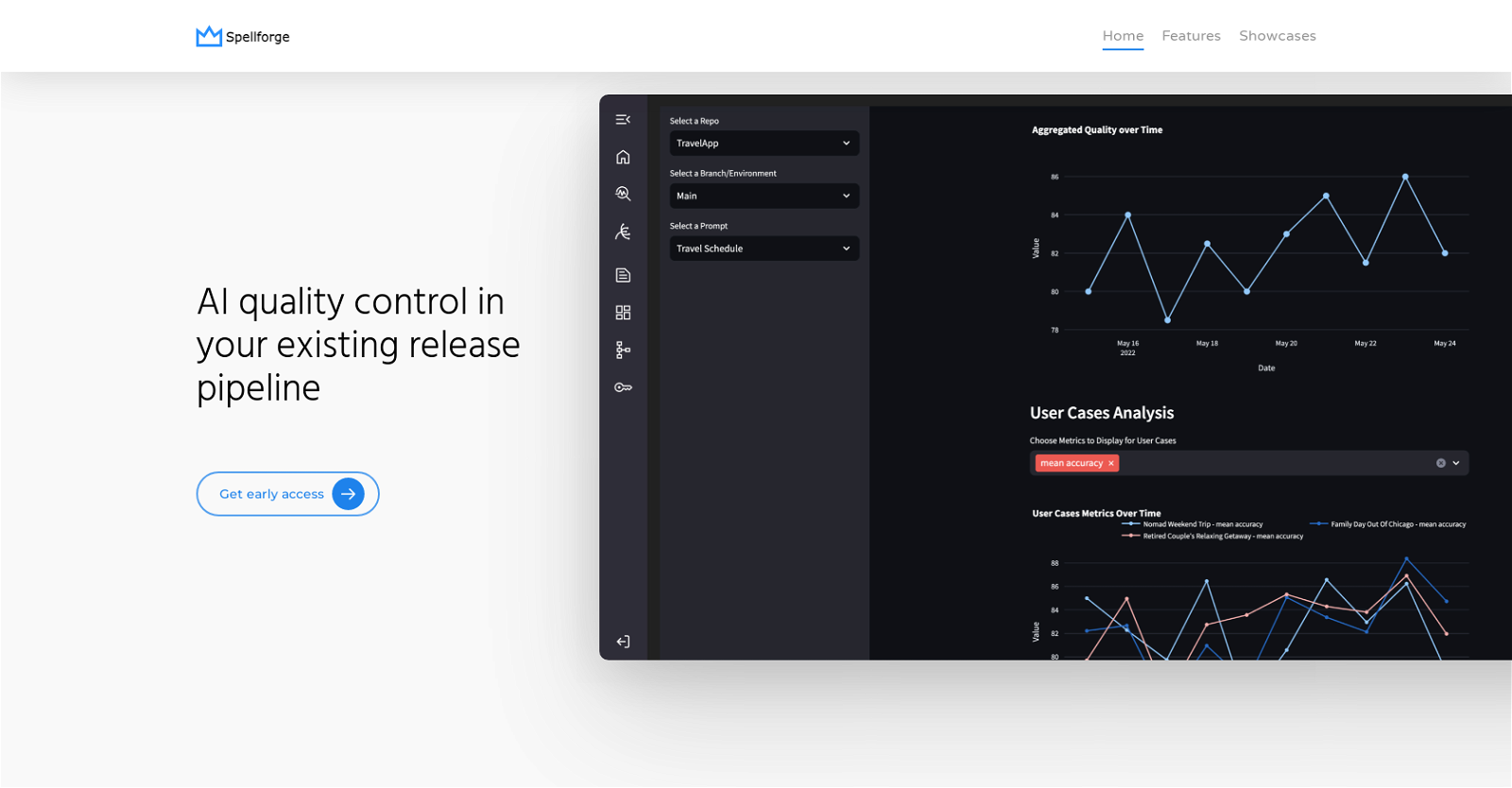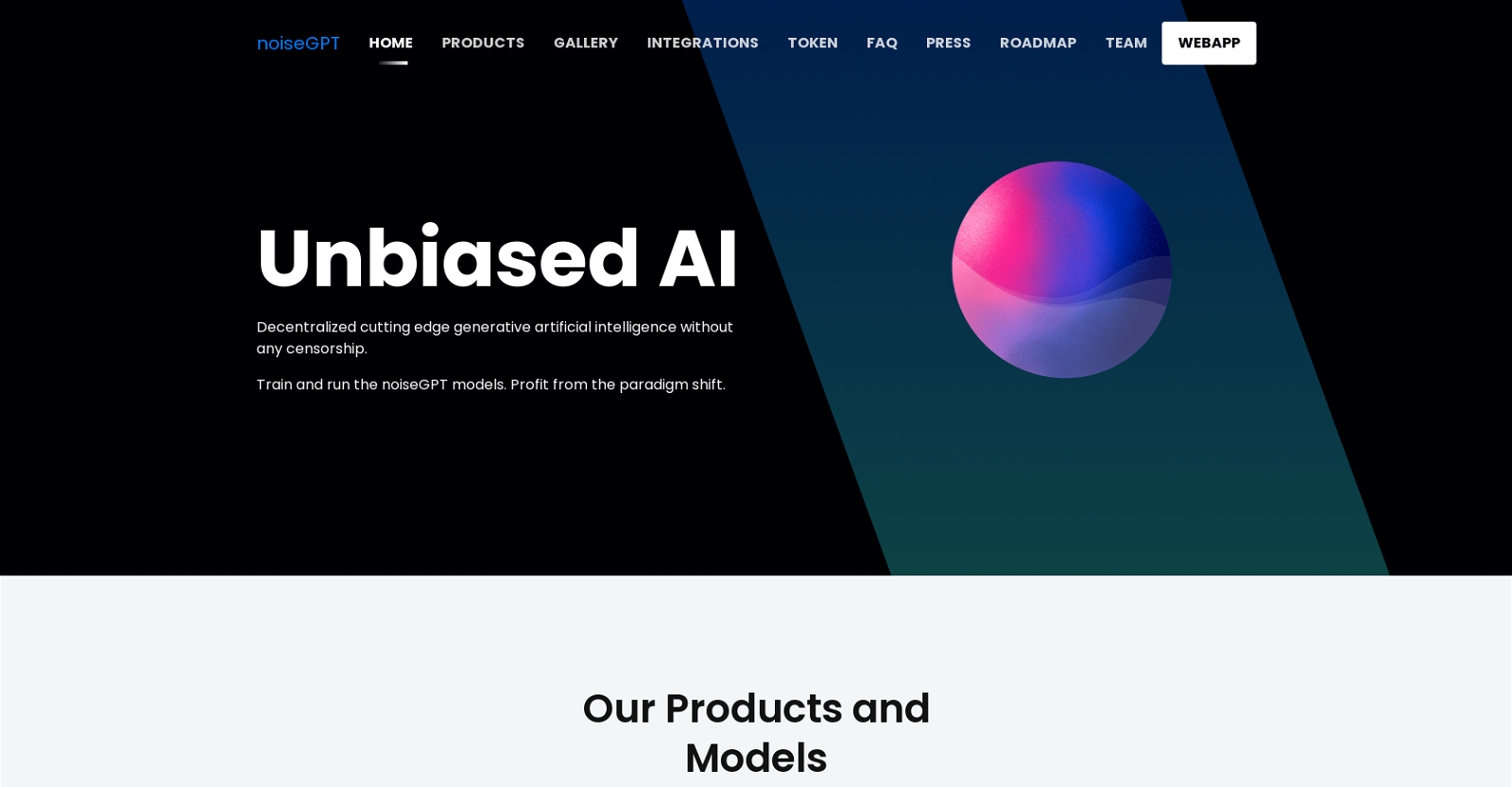Ollama
Ollama is a tool designed to help users quickly and effortlessly set up and utilize large language models on their local machines. With its user-friendly interface, Ollama simplifies the process of working with these models, allowing users to focus on their tasks without the need for extensive technical knowledge.
By leveraging Ollama, users can run LLAMA 2 and other models smoothly on macOS. Furthermore, Ollama offers customization options, granting users the ability to tailor these language models to their specific needs. Additionally, the tool enables users to create their own models, empowering them to further enhance and personalize their language processing capabilities.
Ollama is available for download, supporting macOS as its initial operating system. Support for Windows and Linux versions is in development and will be made available in the near future.
By facilitating local usage of large language models through a simple and intuitive interface, Ollama streamlines the process of leveraging these powerful AI tools. Its availability for various operating systems ensures broader accessibility, allowing users across different platforms to benefit from its features. Whether users are seeking to enhance their language processing tasks or explore the world of language modeling, Ollama serves as a reliable and efficient solution.
